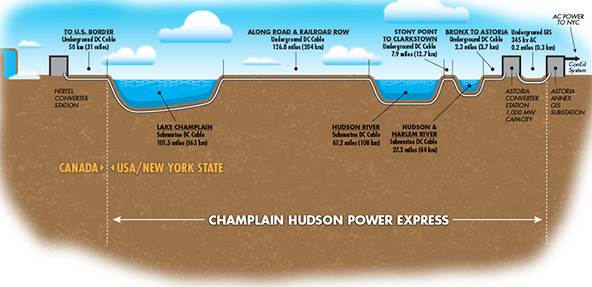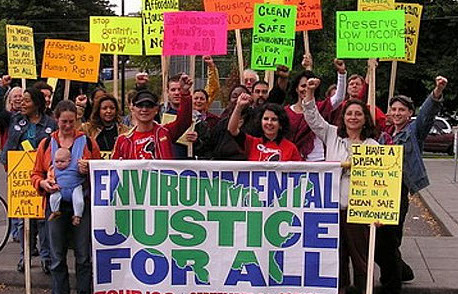By Peter Ross
For decades, federal energy and water efficiency standards have demonstrably saved consumers money, reduced pollution, and increased grid reliability. The U.S. Department of Energy (“DOE”) periodically reviews standards and test procedures for more than 60 products, representing about 90% of home energy use, 60% of commercial building energy use, and 30% of industrial energy use. Due in part to their incremental nature, these standards have been relatively uncontroversial and often result from lengthy stakeholder negotiations between manufacturers seeking regulatory certainty and environmental advocates seeking greater efficiency.
In recent months, however, these standards have become the subject of increased litigation. In June, advocacy groups and a coalition of State Attorneys General sued the DOE for refusing to publish several all-but-finished efficiency standards in the Federal Register. When DOE delayed the effective date of an energy standard for ceiling fans, a similar group of state actors petitioned the Second Circuit Court of Appeals to review the agency’s action. To protect their states’ interests in energy efficiency, yet another coalition of State Attorneys General intervened in an industry group lawsuit against the DOE challenging certain federal lightbulb efficiency standards.
While DOE has acceded to some of the states’ demands, allowing the ceiling fan rule to go through with the original compliance date along with a standard for walk-in coolers, Washington’s commitment to increased energy efficiency remains shaky. In addition to dragging its feet in implementing certain standards, the Trump Administration has proposed budget cuts to the parts of DOE responsible for administering the appliance and equipment standards program. States thus should prepare to utilize all policy tools at their disposal to promote energy efficiency during the next four years.
To that end, a new working paper, Appliance and Equipment Efficiency Standards: A Roadmap for State and Local Action, examines how the Energy Policy and Conversation Act (“EPCA”), and the DOE regulations promulgated thereunder, place limits on the ability of states and cities to outlaw the use of inefficient appliances and equipment. It surveys existing state efficiency laws that cover products beyond federal jurisdiction, and discusses several steps states can take to advance appliance and equipment efficiency including: (i) seeking EPCA waivers from DOE to create and enforce statewide standards for federally covered products (and, if necessary, litigating the rejection of any such waiver petition); (ii) regulating non-federally covered products such as computers; (iii) encouraging the use of more efficient appliances and equipment through local building codes for new construction; and (iv) revising procurement laws to require the use of products that exceed federal efficiency standards.
About the Author
Peter S. Ross is an attorney who focuses on issues in the environmental and energy area. In August, he will begin a fellowship at the Frank J. Guarini Center on Environmental, Energy, and Land Use Law at the NYU School of Law. Prior to the fellowship, he worked as a litigation associate at Debevoise & Plimpton and clerked for the Honorable John Gleeson in the Eastern District of New York.




